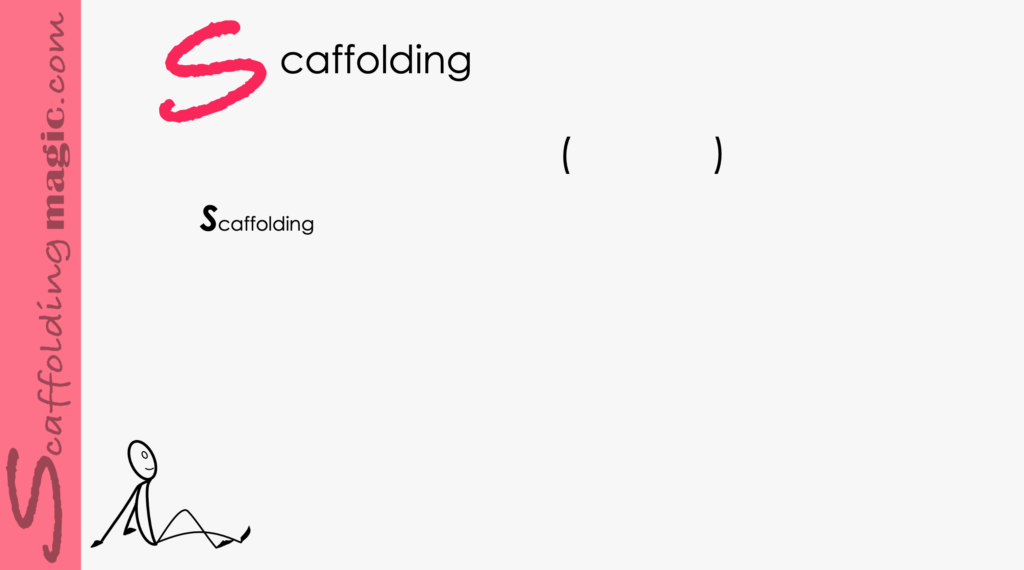You caught a beauty!!!
Download PDF of scaffold here.
Helping our shy or underperforming students speak in a language or a content class is often challenging. Many times the underlying reason for their reticence is simply that they don’t want to expose their lack of knowledge of the subject or – more likely – because they don’t believe they speak the classroom language well. These types of students often have backgrounds that have not primed them for mainstream schooling’s way of learning, speaking, reading and thinking.* The result is that, even at a very young age, they feel inferior when expected to participate in classroom activities that require base knowledge they have not yet achieved, higher order thinking skills they have not yet developed, and/or verbal abilities that they lack, in either their home or classroom languages.
What can we do?
Most Pre-School teachers naturally incorporate language outcomes in lessons; it’s one of our jobs to help them to fill their minds with words – in whatever language. The balance of language spoken in our classes, however, usually tips more heavily towards us rather than towards our young students. Here is a way to get our students to use their verbal skills more confidently and more accurately – through music and rhythm.
Rhythm helps students to develop key brain functions that not only enhance musical learning but also academic and social skills. It builds and strengthens connections between brain cells and improves memory and the ability to differentiate sounds and speech. It nourishes the process of learning, which includes:
- sensory integration
- attention CLIL
- critical thinking
- emotional maturity
- motor capacities **
This scaffold addresses language development in four ways: through music, images, through translanguaging***, and through images, and as an extension, they’ll answer closed-and open-ended questions. The example we give here is from a lesson on counting, and you’ll see how you can adapt the activity to any material you are about to begin.

* (Zeiers, 2008)
** Konrad, R.R. (200), ‘Empathy, Arts and Social Studies’.
*** Translanguaging: Listening to, reading about, and/or watching a topic in one language, and discussing or writing about it in another. The technique is used to deepen learning not to make it easier. In other words, it must not be overused and one must make be certain it is serving the aims/objectives of the course. (Mehisto, 2017)
Download Scaffold in Word
Download Scaffold in PDF


Scaffoldingmagic.com is your entryway into DYNAMIC bilingual learning methodologies, such as Phenomenon-Based Learning, CLIL, EMI, and ESL. You’ll find ways to implement critical thinking tools (DOK) to promote higher level thinking, the growth mindset, instill an ethic of excellence, deep reflection on learning, and all through multi-cultural, interdisciplinary activities. We have the keys to turning competences into action and to creating collective efficacy in your school so you move ahead as a unified, enthusiastic team.



